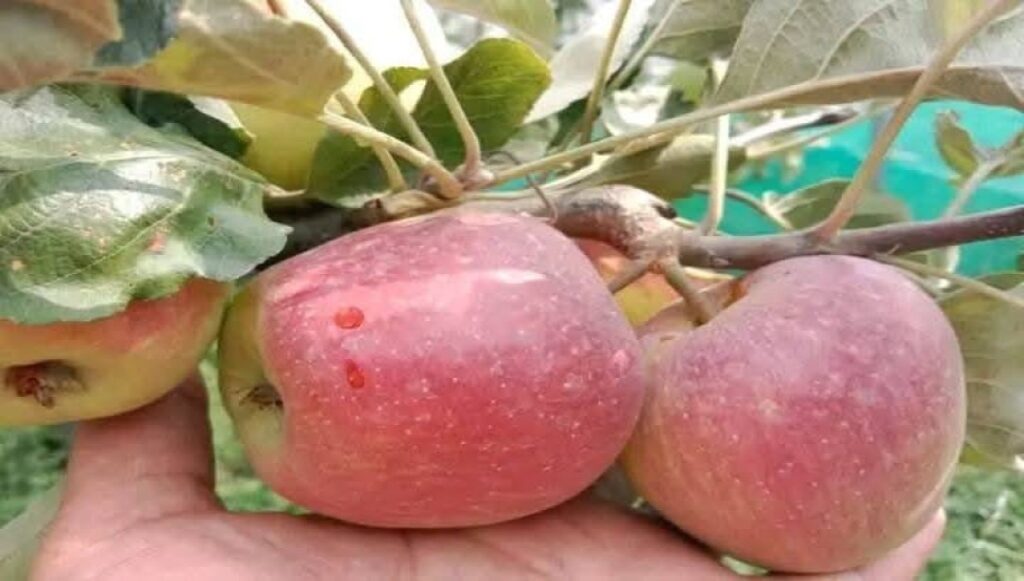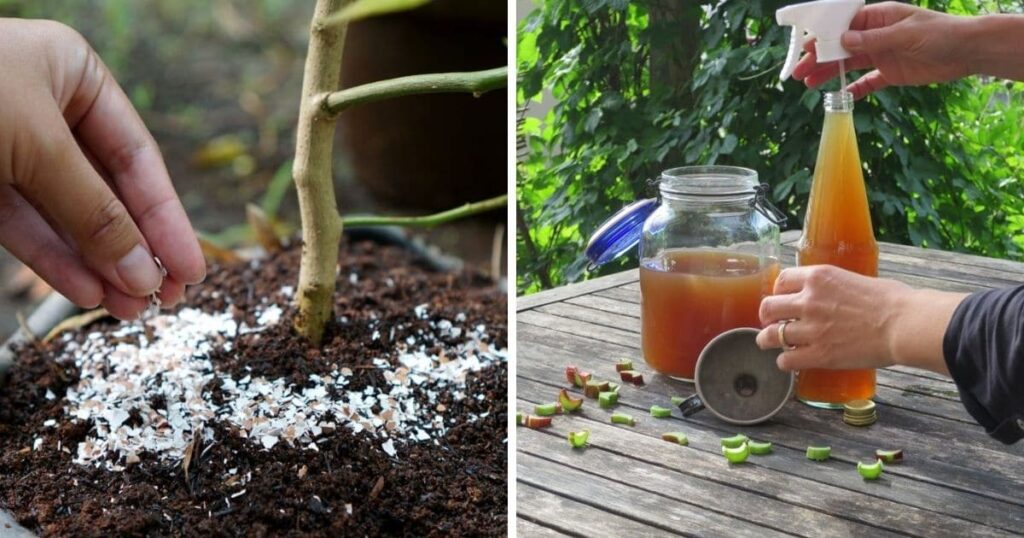Practical tips on how to grow apples from planting to harvest

Apple farming is a rewarding venture that can provide both nutritional and financial benefits. With proper planning, care, and management, you can enjoy healthy, high-quality fruits from your orchard for many years.
Whether you’re a beginner or an experienced farmer, here’s a step-by-step guide on how to grow apples from planting to harvest.
Choose the right variety
The first and most important step in apple farming is selecting the right variety for your region. Apples thrive differently depending on the climate. For cool and highland areas, recommended varieties include Royal Gala, Anna and Golden Dorset. Each of these performs well in temperatures between 10°C and 24°C. Always consult your local agricultural extension officer to identify varieties that are well-suited to your area’s altitude, rainfall and soil conditions.
Select a suitable site
Apples grow best in cool temperatures and well-drained, fertile soils with a pH of 6.0 to 6.5. The site should receive 6 to 8 hours of direct sunlight daily to support flowering and fruit formation. Avoid waterlogged or clay-heavy soils that can suffocate the roots. If possible, choose gentle slopes to promote natural drainage and prevent frost damage.
Land Preparation
Proper land preparation ensures healthy root development and strong tree growth. Begin by clearing all weeds and debris from the area. Dig holes measuring 60cm x 60cm x 60cm, spacing them 3 meters apart to allow sufficient growth space and air circulation. Mix the topsoil with well-decomposed compost or animal manure before refilling the holes halfway. This improves soil fertility and moisture retention for the young trees.
Planting
The best time to plant apple trees is during the rainy season, which reduces the need for constant watering. However, if planting during dry months, ensure you have an irrigation system in place. Position the seedling in the center of the hole and gently fill it with the prepared soil mixture. Press the soil lightly around the base and water thoroughly to remove air pockets and establish good root contact with the soil.
Watering and mulching
Apples require consistent moisture, especially in the first two years after planting. Water the trees regularly to keep the soil moist but not waterlogged. To conserve moisture and suppress weeds, apply mulch made from dry grass, leaves or sawdust around the tree base. Keep mulch about 10 cm away from the trunk to prevent rot. This simple step reduces evaporation and keeps the roots cool during hot weather.
Pollination
Apple trees depend heavily on cross-pollination to produce fruits. This means you need to plant at least two compatible varieties within the same orchard. Bees and other pollinating insects play a major role in transferring pollen from one flower to another. To encourage pollination, avoid using harmful pesticides that could kill these beneficial insects. You can also plant flowers nearby to attract bees naturally.
Pruning
Pruning is an essential maintenance practice that enhances fruit quality and tree health. Conduct annual pruning to remove dead, weak, or diseased branches. Shape the tree into an open canopy to improve air circulation and sunlight penetration, which reduces disease risk and promotes uniform fruiting. Pruning also makes it easier to spray, harvest and manage the trees.
Pest and Disease Control
Apples are vulnerable to several pests and diseases, including aphids, apple scab and powdery mildew. Regular monitoring and early intervention are key. Use organic pest control methods, such as neem oil sprays or introducing beneficial insects like ladybugs, to keep harmful pests under control. Maintain field hygiene by removing fallen leaves and infected fruits to prevent disease spread. Avoid overusing chemicals to protect pollinators and the environment.
Fertilization
For vigorous growth and productive trees, apply compost or NPK fertilizer (10:10:10) two to three times per year. The first application should be during the early growing season, followed by one after flowering, and another during fruit development. Fertilizers provide essential nutrients such as nitrogen, phosphorus, and potassium that promote flowering, fruit set and overall tree strength.
Harvesting
Apple trees begin producing fruits 4 to 6 months after flowering, depending on the variety and climate. You’ll know the fruits are ready when they are firm, full-colored and easily detach from the branch when lifted and twisted gently. Handle each apple with care to avoid bruising, which reduces shelf life and market value.
After harvesting, sort the apples based on size and quality. Store them in a cool, dry and well-ventilated place. Under good conditions, apples can stay fresh for several weeks or even months.
Growing apples successfully requires patience, attention to detail and proper management. From choosing the right variety to ensuring effective pest control and timely pruning, every step contributes to a healthy, productive orchard. With the right practices, your apple trees will reward you with abundant, high-quality fruits season after season.










